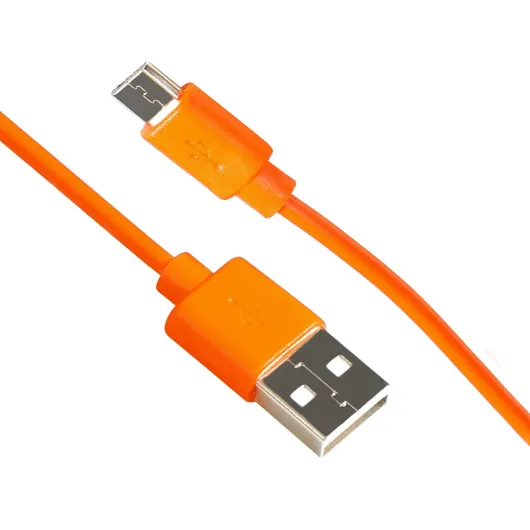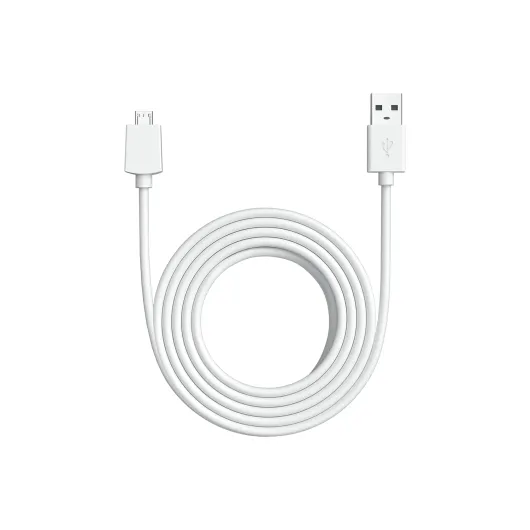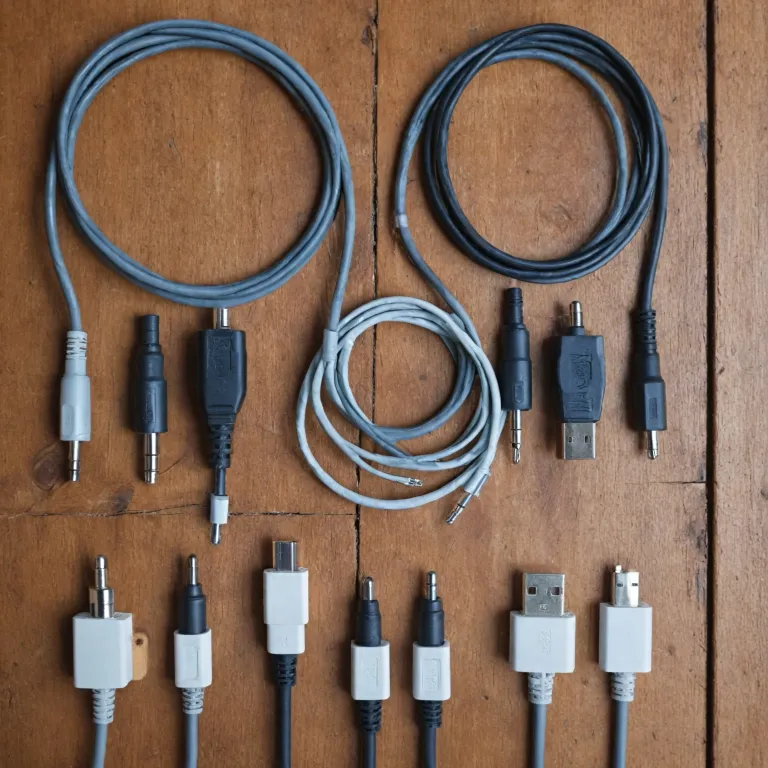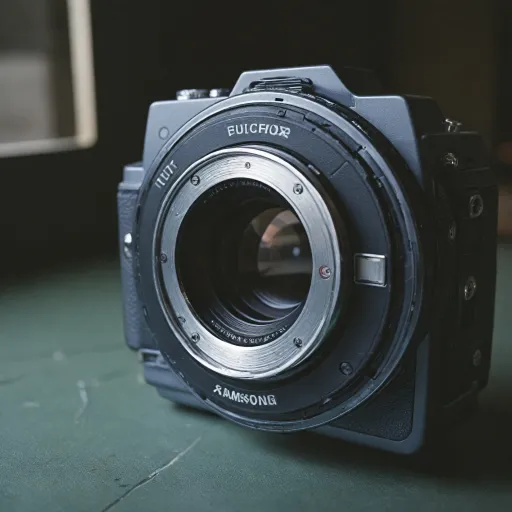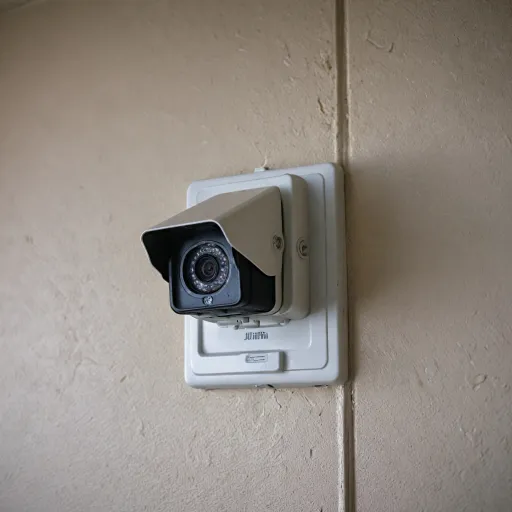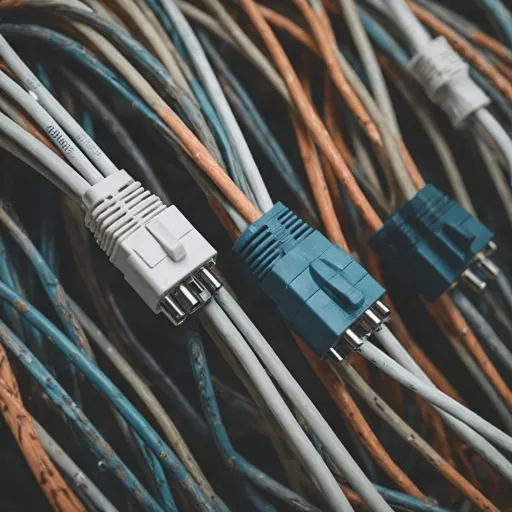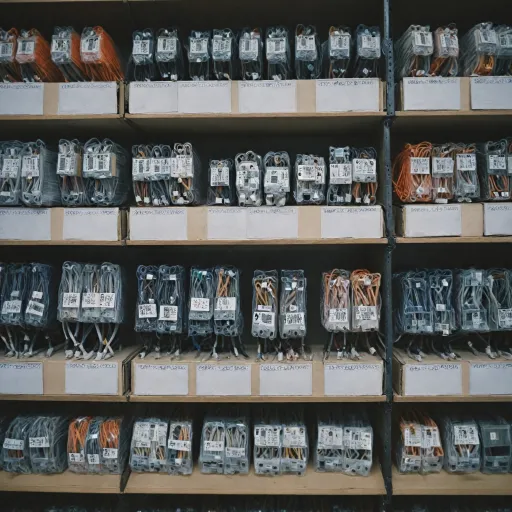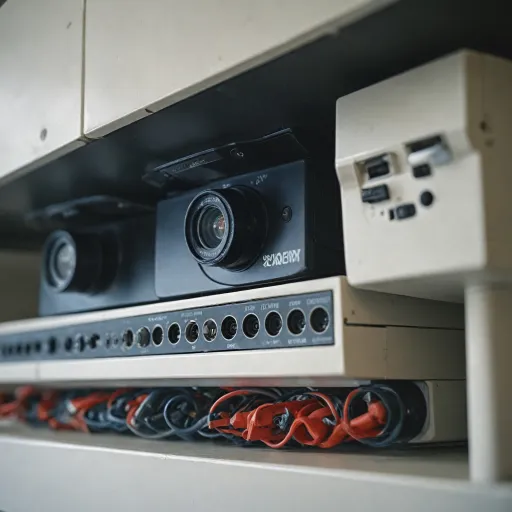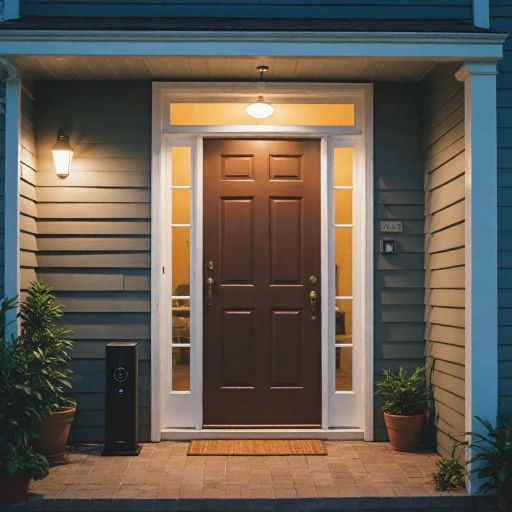
Understanding the role of camera cables in ring camera systems
Why Camera Cables Matter in Your Security Setup
When setting up a Ring camera or any security camera system, the choice of camera cable is more than just a technical detail. The cable is the backbone that connects your cameras to the rest of your surveillance system, ensuring reliable video and power transmission. Whether you are using analog CCTV cameras with BNC connectors or newer models, the right cable can impact the quality, stability, and even the price of your entire security setup.
Connecting Cameras: The Essentials
Camera cables serve two main purposes: transmitting video signals and delivering power. In analog CCTV systems, BNC video cables are commonly used, often paired with a separate power cable or combined in a single cable for convenience. For digital or IP cameras, CAT cables (such as CAT5e or CAT6) are often used to handle both video and power through Power over Ethernet (PoE) technology. The compatibility of your cable with your camera and DVR/NVR is crucial for seamless operation.
- Video transmission: Ensures clear, uninterrupted footage from your security cameras to your recording device or monitor.
- Power delivery: Supplies the necessary energy for your cameras to function, whether through dedicated power cables or integrated solutions.
- Connectors: BNC connectors are standard for analog CCTV, while RJ45 connectors are used for network-based systems.
Impact on System Performance
The quality and type of cable you choose can directly affect your surveillance system’s performance. Poor-quality cables may result in video loss, interference, or power issues, compromising the effectiveness of your security cameras. For PTZ (pan-tilt-zoom) cameras, which require more power and data, selecting the right cable is even more important. Black cables are often preferred for outdoor use due to their UV resistance and discreet appearance.
When troubleshooting camera cable issues, it’s important to consider not just the cable itself, but also the connectors and the overall system configuration. If you’re experiencing connectivity problems, especially with WiFi-enabled Ring cameras, you might find this guide to troubleshooting Ring Doorbell WiFi connection issues helpful.
Types of camera cables compatible with ring cameras
Popular cable types for Ring camera setups
When setting up security cameras, especially Ring cameras, choosing the right cable is crucial for reliable video and power transmission. Different camera systems and environments may require specific cable types, connectors, and materials. Here’s a closer look at the most common options you’ll encounter when working with Ring and similar surveillance systems.
- Power cables: Many Ring cameras, especially wired models, need dedicated power cables. These are typically black or white, designed for both indoor and outdoor use, and must be compatible with your camera’s voltage and amperage requirements.
- USB cables: Some Ring cameras use USB cables for both power and data. These are common in indoor cameras or when connecting to a nearby power source. Always check the cable quality and length to avoid voltage drops.
- Ethernet (Cat5e/Cat6) cables: For Ring cameras supporting Power over Ethernet (PoE), Cat5e or Cat6 cables are used. These cables deliver both power and video data, making them ideal for longer runs and higher quality video transmission in security systems.
- BNC cables: While most Ring cameras are digital, analog CCTV systems often use BNC video cables with BNC connectors. If you’re integrating Ring with older analog CCTV cameras or DVRs, you may encounter BNC cables for video and separate power cables.
Compatibility and connectors
Ring cameras are designed for easy installation, but it’s important to match the right connectors and cables to your specific model. For example, some cameras require micro-USB or proprietary connectors, while others work with standard power cables. If you’re adding cameras to an existing system, check if your DVR or NVR uses BNC connectors or Ethernet ports. Quality connectors ensure stable video and power transmission, reducing the risk of signal loss or interference in your surveillance setup.
Analog vs. digital systems
Ring cameras are primarily digital, but if you’re upgrading from analog CCTV cameras, you’ll notice differences in cable requirements. Analog systems rely on BNC video cables and separate power cables, while digital systems often use a single Ethernet cable for both video and power. Understanding these differences helps you select the right cable for your security camera system and avoid compatibility issues.
For a deeper dive into how Ring’s technology fits into modern security systems, check out this comprehensive guide on Ring.com.
How to choose the right cable length and material
Finding the Right Cable Length for Your Security Camera Setup
When setting up your Ring camera or any CCTV security system, choosing the correct cable length is crucial for both performance and aesthetics. Too short, and you risk stretching or damaging the cable. Too long, and you may end up with messy coils that can impact signal quality and make your installation look untidy. Measure the distance from your camera to your DVR, NVR, or power source, accounting for corners, obstacles, and the path you want the cable to follow. Always add a little extra length for flexibility, but avoid excessive slack.
Material Matters: Cable Quality and Durability
The material of your camera cables directly affects the reliability of your security system. For analog CCTV cameras, coaxial cables with BNC connectors are standard. Look for cables with solid copper conductors, as they provide better video and power transmission compared to copper-clad aluminum. For Ring cameras and modern IP camera systems, Cat5e or Cat6 Ethernet cables are often used, especially if you need to add Power over Ethernet (PoE) capabilities. High-quality shielding is essential to minimize interference and maintain clear video signals, especially in environments with lots of electrical equipment.
- Coaxial (BNC) cables: Reliable for analog CCTV systems, available in black for discreet installations.
- Cat5e/Cat6 cables: Ideal for digital camera systems and PTZ cameras, supporting both video and power over a single cable.
- Power cables: Ensure they are rated for outdoor use if your cameras are exposed to the elements.
Balancing Price and Performance
While it can be tempting to choose the lowest price, investing in quality cables and connectors pays off in the long run. Poor-quality cables can lead to video dropouts, power issues, and even damage to your security cameras. Look for cables with sturdy connectors, such as BNC video and power connectors, and check for compatibility with your camera system. If you’re using an analog CCTV camera, make sure your cable BNC connectors are secure and corrosion-resistant.
Special Considerations for Complex Systems
If your surveillance setup includes PTZ cameras, multiple security cameras, or long cable runs, you may need to use signal boosters or an axis splitter to maintain video quality and power delivery. Always check the specifications of your camera systems and cables to ensure compatibility and optimal performance.
Installation tips for a secure and tidy cable setup
Practical Steps for Neat and Reliable Cable Installation
A tidy and secure cable setup is essential for any security camera system, whether you’re working with analog CCTV cameras, PTZ models, or modern Ring cameras. Proper installation not only improves the appearance of your surveillance system but also helps maintain signal quality and reduces the risk of cable damage over time.- Plan Your Cable Routes: Before you start, map out the path your camera cables will take. Avoid areas with heavy foot traffic or where cables could be pinched. For outdoor installations, keep cables close to walls or under eaves for extra protection.
- Use the Right Connectors: BNC connectors are standard for analog CCTV systems, while some Ring cameras may use different types. Ensure you match the connector type to your camera and DVR or NVR system for a secure fit and reliable video signal.
- Secure Cables Properly: Use cable clips or conduit to fasten cables along walls or ceilings. This prevents sagging and accidental unplugging, especially for power cables and video power lines. For a more professional look, consider black cable covers that blend with most surfaces.
- Protect Against the Elements: For outdoor security cameras, choose weather-resistant cables and connectors. Seal any entry points with silicone or weatherproof grommets to keep moisture out and maintain long-term cable quality.
- Label Your Cables: If your system includes multiple cameras, label each cable at both ends. This makes future maintenance or troubleshooting much easier, especially in larger security systems.
Common Mistakes to Avoid
- Don’t run power and video cables parallel for long distances, as this can cause interference in analog CCTV camera systems.
- Avoid sharp bends or kinks in your camera cables, which can damage the internal wires and affect video quality.
- Don’t skimp on cable length—measure twice to ensure you have enough slack for adjustments or future upgrades.
Troubleshooting common camera cable issues
Identifying and Fixing Cable Issues in Your Ring Camera System
When your security camera system isn’t working as expected, the camera cables are often the first place to check. Issues with cables can cause video loss, poor image quality, or even complete camera failure. Here’s how to spot and address common problems with camera cables in your Ring camera setup.- No Video Signal: If your camera isn’t displaying any video, inspect the cable connections at both the camera and the DVR or NVR. Loose or damaged BNC connectors, or a faulty power cable, can interrupt the video feed. Try reseating the connectors and ensure they’re firmly attached.
- Intermittent Video or Power Loss: This can be caused by worn or pinched cables, especially if the cable runs through tight spaces or sharp bends. Examine the entire length of the cable for visible damage. Replacing damaged cables or using higher quality, shielded cables can help maintain a stable connection.
- Poor Video Quality: Analog CCTV cameras and systems are particularly sensitive to cable quality and length. If you notice static, lines, or color distortion, check if the cable is too long for the signal type or if it’s running alongside power cables, which can introduce interference. Using dedicated video power cables or upgrading to higher-grade coaxial or Cat cables can improve quality.
- Connector Problems: BNC connectors and power connectors can wear out over time, especially in outdoor or high-use environments. If you see corrosion or loose fittings, replace the connectors or use weatherproof versions for better durability.
- Compatibility Issues: Not all cables work with every camera system. Make sure the cable type (BNC, Cat5e, Cat6, etc.) matches your Ring camera and DVR/NVR requirements. Using the wrong cable can result in no video or power delivery.
Quick Troubleshooting Checklist
- Double-check all cable connections for tightness and correct placement
- Test the camera with a different cable to rule out cable failure
- Inspect cables for visible damage, kinks, or exposed wires
- Separate video and power cables to reduce interference
- Replace old or low-quality cables with new, high-quality options
Maintaining your camera cables for long-term performance
Routine Checks to Prevent Signal Loss
Regular inspection of your camera cables is essential for keeping your security camera system running smoothly. Over time, cables—whether BNC, power, or video—can suffer from wear and tear, especially in outdoor setups. Look for visible damage like fraying, cuts, or exposed wires. Even small cracks in the cable jacket can allow moisture in, which may affect the quality of your CCTV video signal or even cause power loss to your cameras.Cleaning and Protecting Connectors
BNC connectors and power cable ends are critical points in any CCTV system. Dust, dirt, or corrosion at these connection points can degrade video quality or interrupt power delivery. Use a soft brush or compressed air to gently clean connectors. For outdoor camera systems, consider weatherproof covers or junction boxes to add an extra layer of protection against the elements.Managing Cable Placement for Longevity
How you route and secure your cables impacts their lifespan. Avoid sharp bends or pinching cables behind walls or under carpets. Use cable clips or ties to keep cables organized and prevent accidental tugs. For analog CCTV cameras, keep video and power cables separated from high-voltage lines to reduce interference and maintain signal quality.Replacing Worn or Outdated Cables
If you notice persistent issues like flickering video, loss of signal, or intermittent power, it may be time to replace your camera cables. The price of new cables is often much less than the cost of troubleshooting ongoing problems. When upgrading, consider higher quality materials or switching to CAT cables for longer runs or PTZ camera setups, as these can support both video and power over longer distances.- Check cable security at least twice a year, especially after storms or extreme weather.
- Label cables for easier identification during maintenance.
- Store spare BNC connectors and power cables for quick replacements.
